Outer space travel feelings and facts guide
 [an error occurred while processing this directive]
[an error occurred while processing this directive]
Space travel problems
What hazards does man confront in outer space? What is done to ensure his maximum safety? Part 1
In outer space the phrase "my home is my castle" should be understood literally.
First of all the orbital space station is wrapped in heat insulation. Special systems maintain a comfortable temperature and a constant composition of the atmosphere inside it.

Orbital space stations and spaceships are also protected against radiation. In the event of an unexpected growth of solar activity the spaceship crew may take special medicines which increase the resistance of the human body to the effects of cosmic radiation.
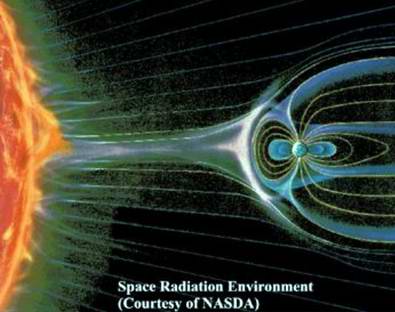
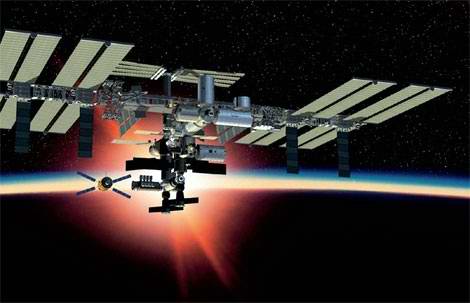
But they will be taken only after all the other means of protection have been exhausted. It is worth noting that during the past 25 years there has been no such need. The average radiation dose of astronauts has never yet even approached the maximum permissible level.
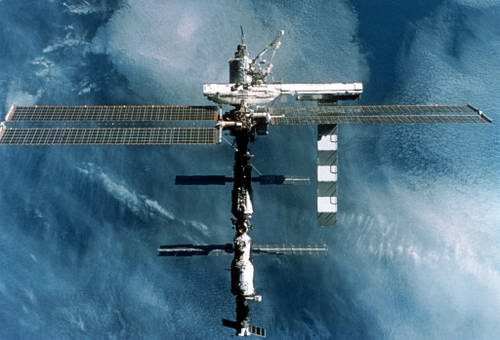
Another serious problem is protection from meteoroids. If a meteoroid the size of a matchbox were to hit the orbital space station at a velocity of up to 70 kilometers per second, this would spell practically inevitable disaster. Of course, the probability of such a collision is negligibly small; it may occur once in 50 to 100 years.
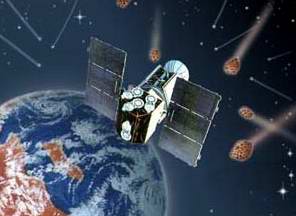
But there is always an exception to the rule. For instance, the Soviet Mars-1 probe ran into a meteoroid stream at a distance of over 20 million kilometers from the Earth.
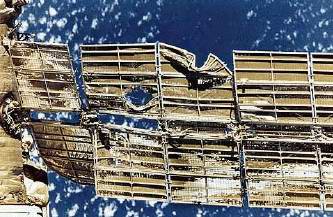
The US Mariner-4 probe was particularly "lucky" in this respect. It encountered two unknown meteoroid streams. It was struck by the first one in September 1967; there were 17 impacts in seven minutes. Three months later it was subjected to a more severe test, when it got into a powerful meteoroid stream and remained several days in it. The Mariner-4 was showered with hundreds of blows. As a result of meteoroid bombardment its attitude control system was put out of order and all communication with it was broken off.
The Salyuts spaceships are protected against meteoroids by a special multilayered screen. As soon as a meteoroid strikes the outer layer it immediately gets extremely hot and disintegrates into smaller fragments. The second layer protects the space station against the impact of particles having a smaller mass and lower velocity.
Alex Grachov, Sergey Kozin Copyright © 2007 – 2012 Spacefeelings.com. All rights reserved. Copyright/IP Policy.